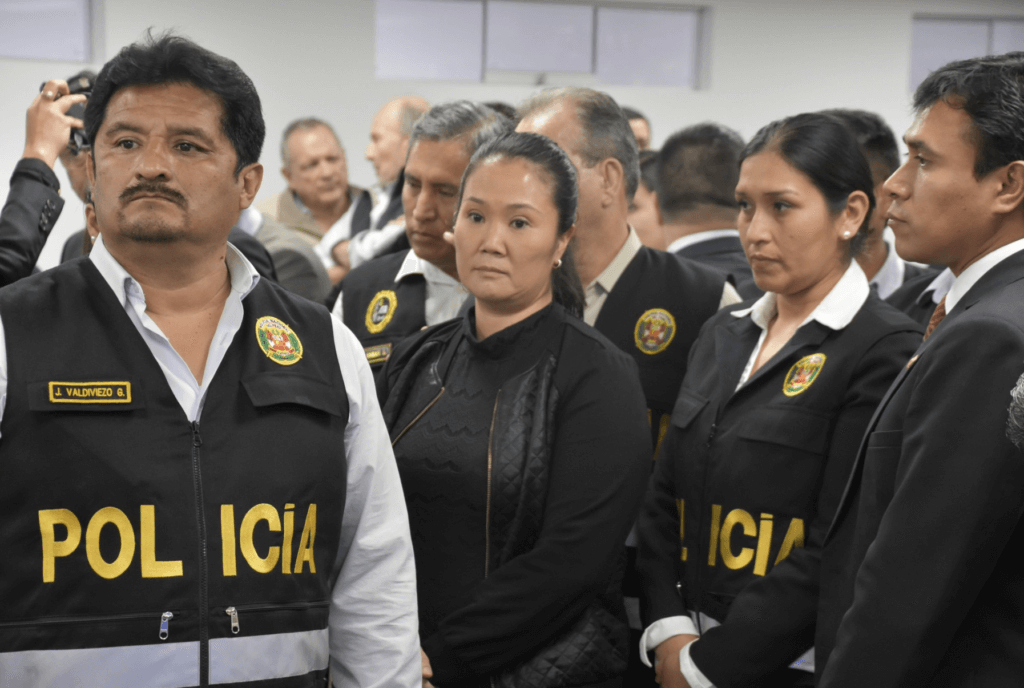Peruvian prosecutor requested the extradition of a ship captain who is being investigated for the spill of thousands of barrels of oil off Peru’s central coast on January 15.
Considered one of the worst ecological disasters in Peruvian history, the oil spill at the La Pampilla refinery in the province of Callao, under the administration of the Spanish company Repsol, seriously affected the fauna, marine vegetation and more than 700,000 residents in the area. It also closed beaches and shops, according to authorities..
Giacomo Pisani, the captain of the Italian flagged tanker “Mare Doricum”, left Peru on March 9, one day after the Public Ministry ordered a ban on his travel out of the country.
After he fled, the Specialized Prosecutor for Environmental Matters requested the extradition of the Italian captain on May 17. The company that owns the ship told The Associated Press that Pisani is now in Italy.
According to the provincial prosecutor, Ariel Tapia Gómez, Mr. Pisani was included on February 23 as a suspect in the crime of “intentional environmental pollution.” Mr. Pisani is accused of inappropriately maneuvering the ship during the discharge of oil, which could have caused the spill.
The local director of Repsol, Jaime Fernández-Cuesta, three managers and a state official are also being investigated for the crime of environmental pollution. The ship is currently immobilized off the coast of Lima.
Peru’s government sued Repsol last week for damages in a local civil court for USD $4.5 billion.
About the oil spill
The Peruvian government earlier reported that 11,900 barrels of oil were spilled into the ocean, while Repsol says that around 10,400 barrels were spilled.
Peru’s Ministry of the Environment decreed a 90-day state of emergency in the Province of El Callao at the time of the spill after t almost 2.5 million square meters of contaminated water damaged more than 20 beaches.
The National Forest and Wildlife Service (Serfor) reported that dozens of marine species and birds died, and only approximately 51 affected species were rescued.
Juan Carlos Riveros, scientific director of the Peruvian NGO Oceana, said that the estimated recovery time for the entire ecosystem could take several decades.
“The environmental disaster is being managed, luckily tens of thousands of animals did not die, and luckily this area was not very [biologically] diverse. Gradually it can be recovered, but it will not be the same, because 40 or 50 years have had to pass for that entire ecosystem to come together,” he told Infobae.











